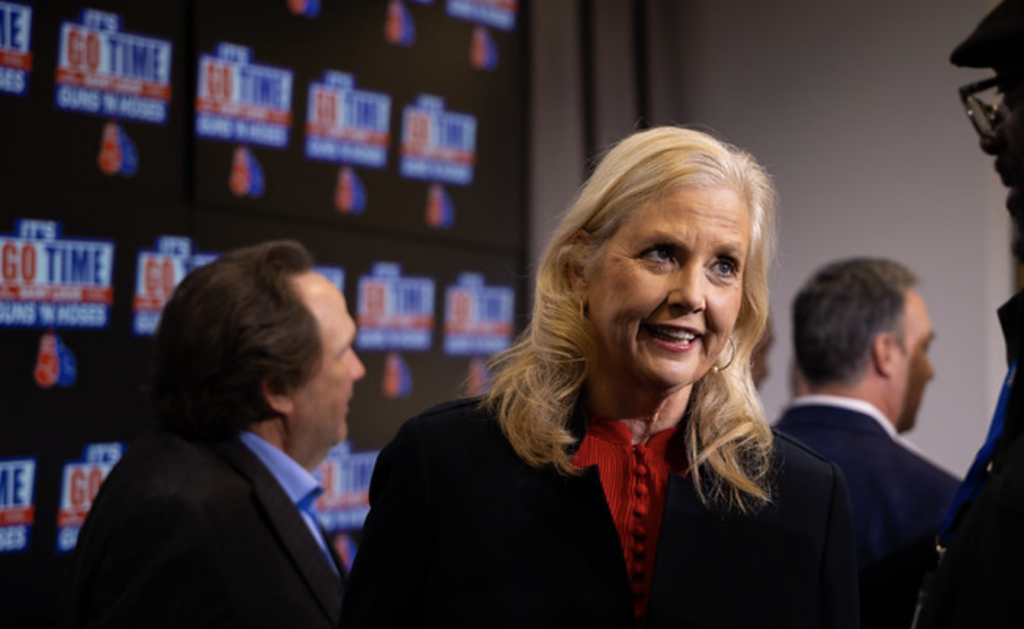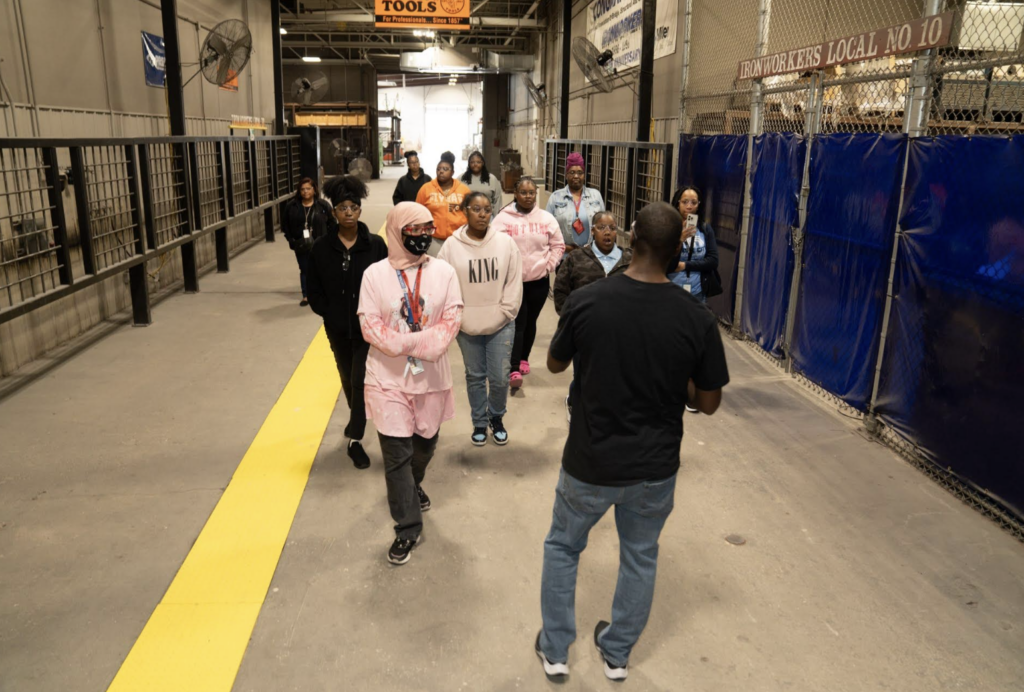Tommy Lee Jones’ The Homesman slouches toward Eastwood


In a great interview out this week, Chris Rock tells New York Magazine‘s Frank Rich that making a dramatic movie is easier than turning out a good comedy. “Let’s put it this way,” he says. “Take Anchorman. Now switch the directors of Anchorman and Gone Girl and give them their movies to do. Adam McKay’s going to get closer to Gone Girl than [David] Fincher is going to get to Anchorman.”
Rock — who wrote, directed and stars in Top Five, a comedy due later this month — admires both Fincher and Gone Girl, but his illustration makes good sense. And reading it just after I watched The Homesman, the new Western co-written and directed by star Tommy Lee Jones, I wondered what funny filmmaker could have swapped him for this piercing but terminally sluggish exercise. Jones twice dances a jig and gives craggy voice to an old campfire song in his movie, but even then The Homesman is as still as an old prairie church on a Monday afternoon. You are never unaware of how little is happening.
It’s not that Jones’ bleak frontier vision needs laughs, though he and co-writers Kieran Fitzgerald and Wesley Oliver, working from the 1988 novel by Glendon Swarthout (author of The Shootist, adapted as John Wayne’s last movie), offer two or three substantial chuckles. The problem is that this story’s mounting punishments eventually try not just the characters but also the viewer — enough that one ponders for a moment whether A Million Ways to Die in the West was really so bad.
There are a few ways to die in The Homesman, none of them amusing. Four children go early, including an infant pitched crying into an outhouse hole. (If you were thinking of saving this one for your even-Dad-wants-to-see-it Christmas Day movie, well, Marley & Me it ain’t.) A couple of good character actors go later, in ways that seem preordained by their very appearance on the bill. The killings and other cruelties are not acts of savagery. They are instead primal responses, Jones’ movie shows us, to a sound on the wind, a low, ugly whistle that becomes audible to the unluckiest of an already unfortunate lot: pioneers working the Nebraska Territory.
Three of those pioneers — violent wives, played by Grace Gummer, Miranda Otto and Sonja Richter — have been plowed under by climate, catastrophe or abuse. In their varying states of madness, they are being sent, rope-bound and mostly catatonic, to the relative civilization of Iowa, shepherded by Mary Bee Cuddy, a 31-year-old spinster who is, by local consensus, a more able-bodied man than the nearest men on these plains.
Cuddy, played by two-time Oscar winner Hilary Swank with significantly more depth than is available to her on the page, ends up aided by a man anyway: George Briggs, the claim-jumping coot played by Jones. The actor does nothing new here, really — no special variation on his familiar mixture of the sad-eyed wise man and the irascible trickster. The film’s limited pleasures mostly involve their predictable sparring and the equally predictable respect that emerges in their relationship.
Like Swank, Jones has acted for, and with, Clint Eastwood, and he seems to have absorbed that actor-director’s lessons on minimalism on both sides of the camera. And like Eastwood at his best (on both sides of the camera), Jones lets himself be fascinated by women characters. Here, though, he can’t quite locate where the blunt source material might be reshaped to make its women more than tragic silhouettes. This is another story in which a sturdy-souled woman must teach a man the quality of mercy, with the man not so reformed that we don’t still prefer his company.
And not every Eastwood directorial habit is worth imitating. The Homesman‘s measured rhythm seems meant to recall Unforgiven, but there’s not enough conflict here to justify the slack. Jones’ The Three Burials of Melquiades Estrada, his first outing as director, is Stagecoach by comparison. The talented cinematographer Rodrigo Prieto (Brokeback Mountain, last year’s The Wolf of Wall Street) finds haunting light, but his camera stays frustratingly static, further underscoring Jones’ undue deliberation.
Chris Rock wouldn’t have done this better than Jones has. But Eastwood might not have, either — because he knows we’ve seen all of this before and don’t really need to see it again just now.




